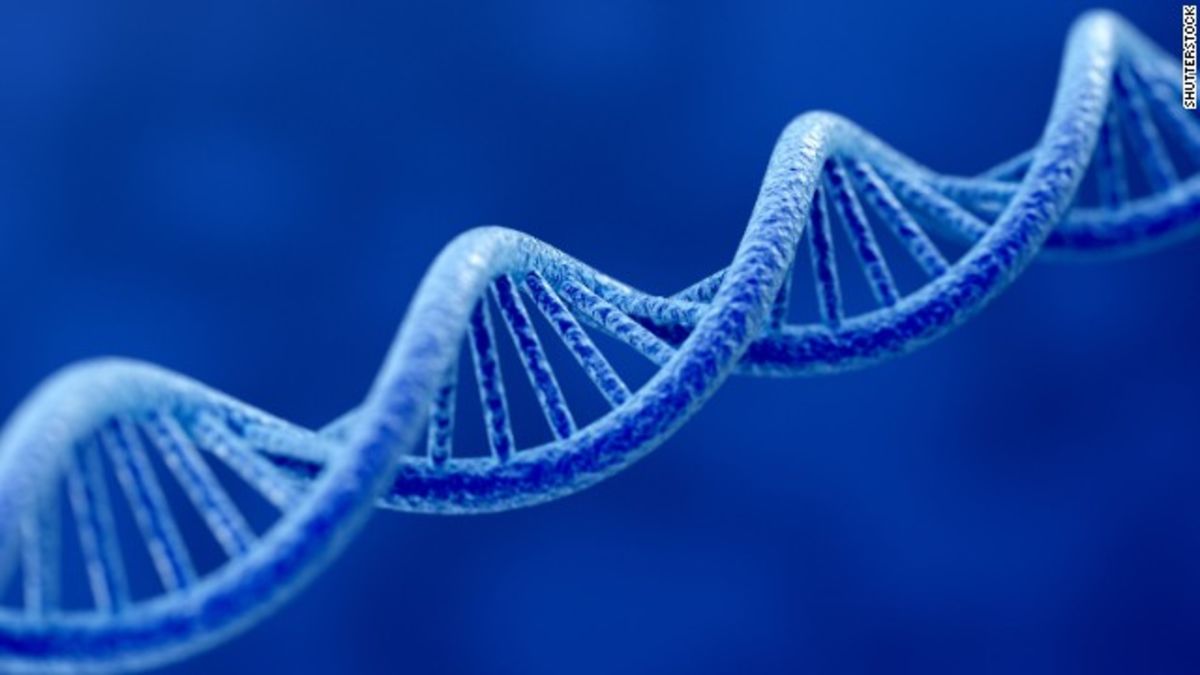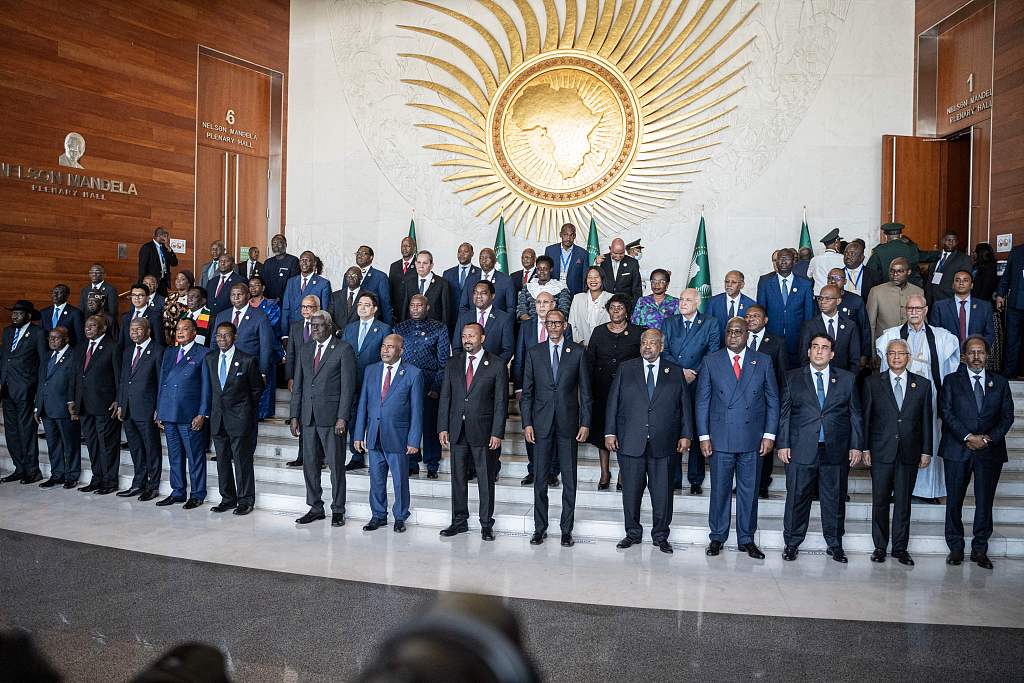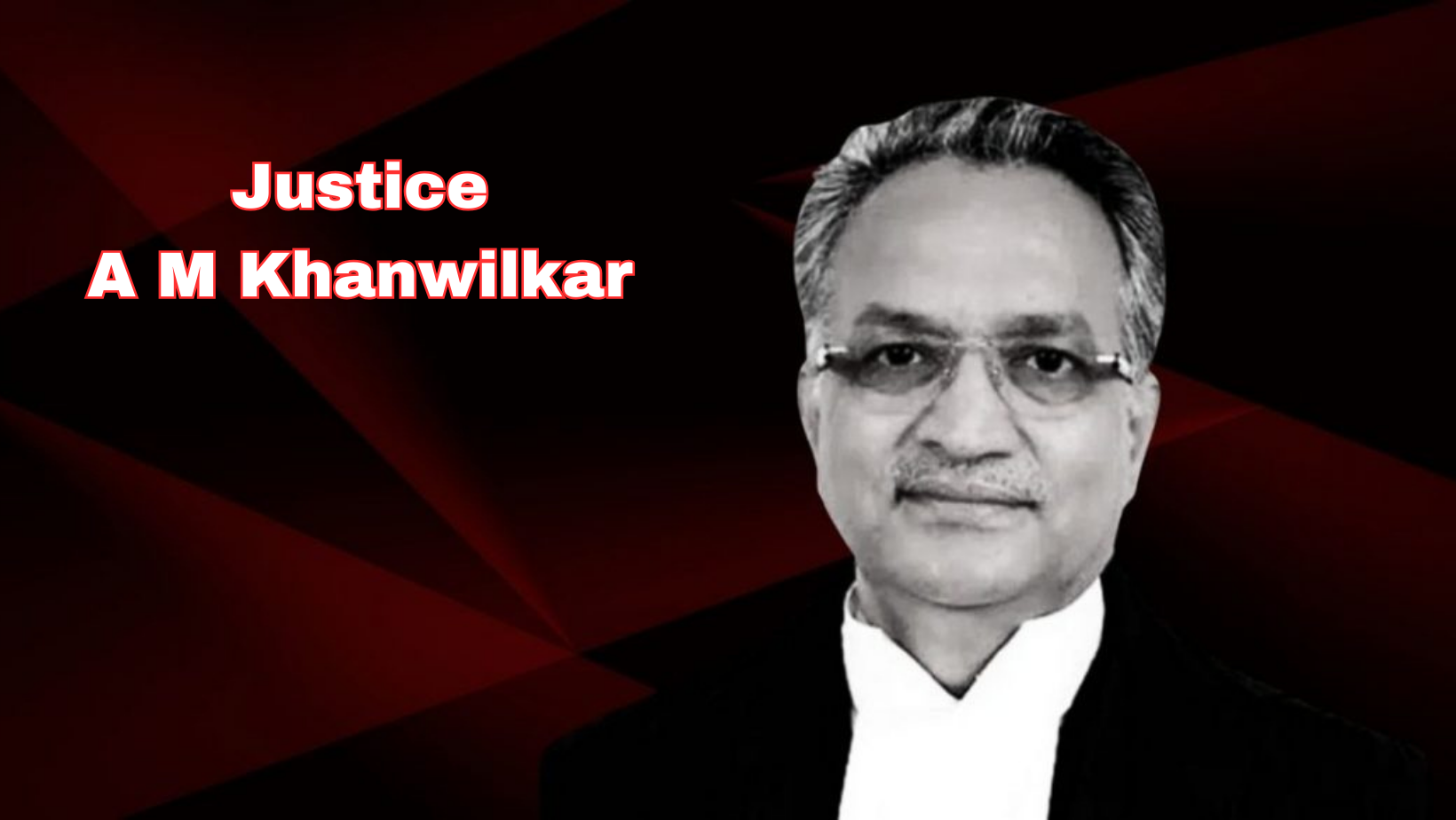Scientists are closer to creating a reference genome for Indians; 10,000 samples sequenced already

- 28 Feb 2024
Why is it in the News?
The Government’s ambitious Genome India initiative achieved a significant milestone Tuesday as researchers completed sequencing 10,000 healthy genomes from different regions of the country, representing 99 distinct populations.
News Summary:
- The Department of Biotechnology has announced the successful completion of India's '10,000 genome' project, aimed at establishing a comprehensive reference database of whole-genome sequences within the country.
- This milestone marks the creation of a detailed genetic map of India, offering significant potential for both clinicians and researchers in diverse fields.
- With India emerging as the largest genetic laboratory globally, this rich dataset is poised to catalyze advancements in the country's biology sector.
- Notably, India's bio-economy has witnessed remarkable growth, expanding from $10 billion in 2014 to over $130 billion in 2024, signaling a promising trajectory for future development.
- The entirety of the genomic dataset will be housed at the Indian Biological Data Centre (IBDC), serving as a valuable digital resource for research purposes.
- Established in 2022, the IBDC represents India's sole indigenous databank, eliminating the need for Indian researchers to rely on foreign servers for hosting biological datasets.
What is Genome Sequencing?
- Genome sequencing is the process of determining the exact order of the building blocks (nucleotides) that make up an organism's entire DNA, or genome.
- It's like reading the complete instruction manual for life, containing the information needed to create and maintain an organism.
Applications of Genome Sequencing:
- Healthcare: Doctors can diagnose diseases with greater accuracy, personalize treatments, and uncover the causes of rare conditions.
- Agriculture: Scientists can engineer crops with desired traits like disease resistance and improved yield, while breeders select animals with specific characteristics.
- Forensics: DNA profiling aids criminal investigations and paternity testing.
- Conservation: Studying the genetic diversity of endangered species helps with conservation efforts while analyzing invasive species' origins aids in controlling their spread.
What is the Human Genome Project (HGP)?
- Initiated in 1990, the Human Genome Project aimed to elucidate the entire sequence of the human genome.
- In 2023, the project culminated in the release of the latest version of the complete human genome, boasting a mere 0.3% error margin.
- Enabled by the Human Genome Project, whole-genome sequencing facilitates the examination of an individual's genome to uncover deviations from the average human genome.
- These deviations, or mutations, offer insights into an individual's susceptibility to diseases, their responsiveness to specific stimuli, and other pertinent genetic attributes.
About the Genome India Project:
- The Genome India Project stands as a pioneering initiative approved by the Department of Biotechnology, geared towards gene mapping.
- This project sets out with the ambitious objective of compiling an exhaustive repository documenting genetic diversity across the Indian populace.
- At its core, the endeavor seeks to conduct genome sequencing for more than 10,000 individuals spanning various geographic and ethnic backgrounds within India, ultimately laying the groundwork for a standardized reference genome specific to the Indian demographic.
Significance of the Genome India Project:
- Unveiling Unique Genetic Variants: The Genome India Project holds the key to unraveling genetic variants exclusive to India’s diverse population, enabling tailored drug formulations and therapeutic interventions.
- For instance, mutations like MYBPC3, linked to premature cardiac arrest and prevalent in 4.5% of Indians, underscore the necessity of region-specific genetic insights, contrasting with global rarity.
- Similarly, the discovery of the LAMB3 mutation, causing a severe skin disorder and impacting nearly 4% of the population around Madurai, emphasizes the localized genetic complexities absent in global databases.
- Comprehensive Database for India's Population: With a colossal population exceeding 1.3 billion, India boasts a mosaic of over 4,600 distinct population groups, many practicing endogamy.
- This vast demographic diversity underscores the need for a comprehensive genetic database tailored to India's populace, crucial for identifying and addressing disease-causing mutations prevalent within specific groups.
- Unlike extrapolating findings from global datasets, the Genome India Project provides precise genetic insights essential for Indian-centric healthcare strategies.
African leaders demand financial systems reform; launch ‘Africa Club’ at 37th African Union Summit

- 28 Feb 2024
Why is it in the News?
Recently, during the 37th African Union Summit, member countries initiated the formation of the Africa Club.
What is the Africa Club?
- The Africa Club is an alliance of African Multilateral Financial Institutions, established at the African Union summit, designed to enhance Africa's influence in the global financial system.
- The initiative aims to align its operations with the Sustainable Development Goals (SDGs) and the African Union's Agenda 2063, fostering innovative financial instruments, facilitating debt management discussions, and promoting collaborative efforts to address the specific needs of African nations.
- Its membership comprises key institutions such as the African Export-Import Bank, Trade and Development Bank, Africa Finance Corporation, African Reinsurance Corporation, African Trade and Investment Development Insurance, Shelter Afrique Development Bank, and ZEP – RE (PTA Reinsurance Co).
About the African Union:
- The African Union is a continental organization consisting of 55 member states across the African continent, established on May 26, 2001, in Addis Ababa, Ethiopia.
- The AU's objectives include promoting peace, security, and stability on the continent, accelerating political and socioeconomic integration, defending the sovereignty and territorial integrity of member states, and advancing sustainable development.
- It serves as a platform for African countries to coordinate their efforts in various fields, including governance, human rights, economic development, infrastructure, health, education, and culture.
- The AU's structures include the Assembly of Heads of State and Government, the Executive Council, the Pan-African Parliament, the African Court of Justice and Human Rights, and various specialized technical committees and organs.
- Through its initiatives and programs, the AU works towards realizing the vision of an integrated, prosperous, and peaceful Africa, driven by its citizens and representing a dynamic force in the global arena.
Google unveils Genie AI which can create video games from text and image prompts

- 28 Feb 2024
Why is it in the News?
Recently, Google DeepMind unveiled Genie, a novel model capable of creating interactive video games based solely on textual or image prompts.
What is Genie AI?
- Genie is a foundation world model that is trained on videos sourced from the Internet.
- The model can “generate an endless variety of playable (action-controllable) worlds from synthetic images, photographs, and even sketches.”
- It is the first generative interactive environment that has been trained in an unsupervised manner from unlabelled internet videos.
- When it comes to size, Genie stands at 11B parameters and consists of a spatiotemporal video tokenizer, an autoregressive dynamics model, and a simple and scalable latent action model.
- These technical specifications let Genie act in generated environments on a frame-by-frame basis even in the absence of training, labels, or any other domain-specific requirements.
What does Genie do?
- Genie is a new kind of generative AI that enables anyone – even children – to dream up and step into generated worlds similar to human-designed simulated environments.
- It can be prompted to generate a diverse set of interactive and controllable environments although it is trained on video-only data.
- It is a breakthrough as it makes playable environments from a single image prompt.
- According to Google DeepMind, Genie can be prompted with images it has never seen.
- This includes real-world photographs, and sketches, allowing people to interact with their imagined virtual worlds.
- When it comes to training, they focus more on videos of 2D platformer games and robotics.
- Genie is trained on a general method, allowing it to function on any type of domain, and it is scalable to even larger Internet datasets.
Why is it Important?
- The standout aspect of Genie is its ability to learn and reproduce controls for in-game characters exclusively from internet videos.
- This is noteworthy because internet videos do not have labels about the action that is performed in the video, or even which part of the image should be controlled.
- It allows you to create an entirely new interactive environment from a single image.
- This opens up many possibilities, especially new ways to create and step into virtual worlds.
- With Genie, anyone will be able to create their own entirely imagined virtual worlds.
Ex-SC Judge Justice AM Khanwilkar Appointed As Lokpal Chairperson

- 28 Feb 2024
Why is it in the News?
Nearly 19 months after he retired as a Supreme Court judge, Justice A M Khanwilkar was appointed the chairperson of the anti-corruption ombudsman Lokpal on Tuesday. The post fell vacant nearly two years ago.
Who is AM Khanwilkar?
- Justice Ajay Manikrao Khanwilkar was a Supreme Court judge between May 2016 and July 2022.
- He has also served as chief justice of the Madhya Pradesh High Court and the Himachal Pradesh High Court and as a judge of the Bombay High Court.
- Recently appointed as the Chairperson of the anti-corruption ombudsman Lokpal on Tuesday.
- The appointment came nearly two years after the post fell vacant.
- Khanwilkar was elected for the post following discussions by a high-level committee, which included:
- Prime Minister Narendra Modi
- Chief Justice of India DY Chandrachud
- Leader of the Opposition in Lok Sabha, Adhir Ranjan Chowdhury
- The Lokpal has been functioning without its permanent chief since the conclusion of Justice Pinaki Chandra Ghose's term on May 27, 2022.
About Lokpal:
- The Lokpal is a statutory body established under the Lokpal and Lokayuktas Act of 2013.
- Its primary mandate is to investigate allegations of corruption against certain public officials and handle related matters.
- The organizational structure of Lokpal includes a chairperson and a maximum of eight members.
- The chairperson must be a former Chief Justice of India, a former Judge of the Supreme Court, or an eminent individual meeting specified eligibility criteria.
- Half of the maximum eight members are judicial members, who must be former Judges of the Supreme Court or former Chief Justices of High Courts.
- Additionally, a minimum of fifty percent of the members are drawn from SC/ST/OBC/minority backgrounds and include women.
How are Members Appointed?
- The President of India appoints the Chairperson and Members based on recommendations from a selection committee.
- This committee comprises the Prime Minister as Chairperson, the Speaker of Lok Sabha, the Leader of Opposition in Lok Sabha, the Chief Justice of India or a nominated Judge, and one eminent jurist.
- Members serve a term of five years or until they reach 70 years of age, whichever comes first, starting from the date they assume office.
- The Chairperson receives salary, allowances, and other benefits equivalent to those of the Chief Justice of India.
- Similarly, Members receive salary, allowances, and other benefits equivalent to those of a Judge of the Supreme Court.
Jurisdiction:
- The Lokpal has the authority to investigate allegations of corruption against current or former Prime Ministers, Union Ministers, Members of Parliament, and officials from various levels of the Union Government categorized under Groups A, B, C, and D.
- Its jurisdiction extends to include chairpersons, members, officers, and directors of entities established by parliamentary acts or financed by the Union or State government, as well as any organization receiving foreign contributions exceeding Rs 10 lakh.
- However, there are exceptions regarding the Prime Minister's jurisdiction. The Lokpal cannot investigate allegations related to international relations, external/internal security, public order, atomic energy, and space. Moreover, complaints against the PM require approval from at least two-thirds of the Lokpal's members before initiation of an inquiry.
Powers of Lokpal:
- The Lokpal possesses the authority to oversee and issue directives to the Central Bureau of Investigation (CBI).
- Once the Lokpal has referred a case to the CBI, the investigating officer cannot be transferred without the Lokpal's approval.
- It holds the power to authorize the CBI to conduct search and seizure operations related to these cases.
- The Inquiry Wing of the Lokpal is endowed with powers akin to those of a civil court.
- In specific circumstances, the Lokpal can confiscate assets, proceeds, receipts, and benefits obtained through corrupt means.
- It is empowered to recommend the transfer or suspension of public servants implicated in corruption allegations.
- The Lokpal can issue directives to prevent the destruction of records during the preliminary inquiry phase.
- As per Section 48 of the Act, the Lokpal is mandated to submit an annual report on its activities to the President, which is subsequently laid before both Houses of Parliament.
First Pey Jal Survekshan Awards to be conferred by President on 5th March

- 28 Feb 2024
Why is it in the News?
President Droupadi Murmu will present the first Pey Jal Survekshan Awards on the 5th of next month in New Delhi.
About the Pey Jal Survekshan Awards:
- The Pey Jal Survekshan Awards feature a prestigious lineup of 130 accolades, spotlighting outstanding contributions in the realm of water management.
- The awards span various categories, including the Pey Jal Gold, Silver, and Bronze City Awards, with each tier symbolizing excellence in specific population segments (ranging from 1 to 10 Lakh, 10 to 40 Lakh, and more than 40 Lakh).
- In addition to these, commendations are also extended for commendable efforts in areas such as Best Water Body, Sustainability Champion, Reuse Champion, Water Quality, City Saturation, and the prestigious AMRUT 2.0 Rotating Trophy of the Year.
Comprehensive Evaluation Parameters:
- Embracing a multifaceted approach, the evaluation criteria encompass a wide array of parameters, including accessibility, coverage, water quality maintenance at treatment facilities and household levels, sustainability practices ensuring the health of water bodies, adoption of SCADA/flowmeters, and efficient reuse of treated wastewater.
- Cities are meticulously graded using a star rating system, ranging from 5 stars to No star, meticulously reflecting their performance across these pivotal benchmarks.
- Ensuring Water Purity and Transparency: The Pey Jal Survekshan reinforces the assurance of clean water through rigorous independent NABL lab testing at both the source and consumer ends.
- Leveraging advanced technological tools such as GIS-enabled web portals, geo-tagging, and infrastructure mapping, the survey captures precise and transparent data, facilitating informed decision-making.
- Enhancing Urban Governance and Citizen Engagement: Anticipated to serve as a catalyst for urban local body (ULB) decision-making processes, the outcomes of the Pey Jal Survekshan are poised to elevate service delivery standards while fostering active citizen participation.
- By nurturing a sense of ownership and disseminating knowledge on water conservation and optimal utilization, the awards endeavor to empower communities toward sustainable water management practices.
What is the AMRUT Mitra initiative?
- The AMRUT Mitra initiative is geared towards active engagement of women Self-Help Groups (SHGs) in urban water management, recognizing women as pivotal stakeholders and highlighting their vital role in household water governance.
- Tasked with executing AMRUT 2.0 projects, the Mitras will undertake various responsibilities, including billing, collection, leak detection, plumbing, water quality monitoring, and infrastructure upkeep.
- At its core, AMRUT Mitra seeks to cultivate a sense of ownership among women, fostering inclusivity and diversity in traditionally male-dominated domains while ensuring equitable access to safe drinking water and addressing gender disparities.
- Expected outcomes encompass the empowerment of women SHGs, socio-economic upliftment, alignment with AMRUT 2.0 objectives, heightened community awareness, and the establishment of a blueprint for future endeavors.
